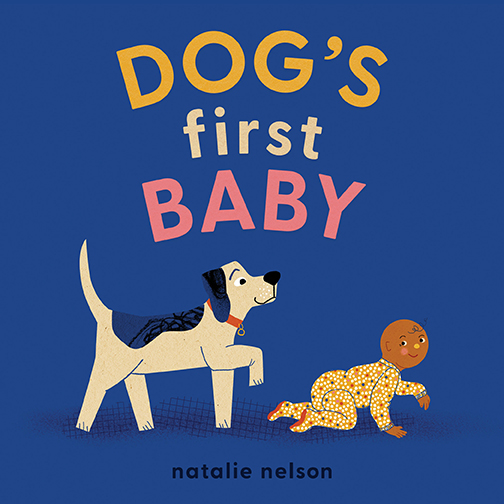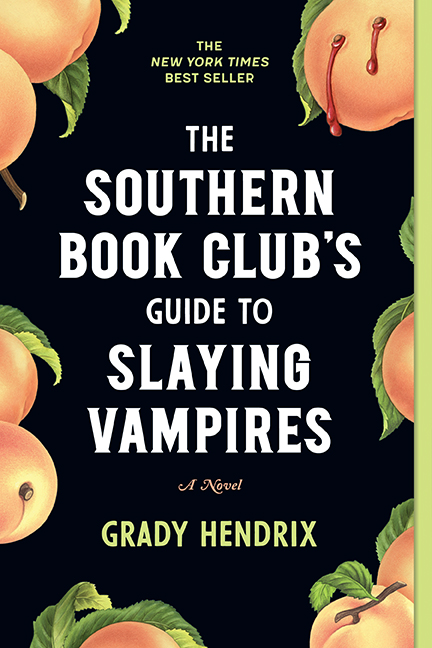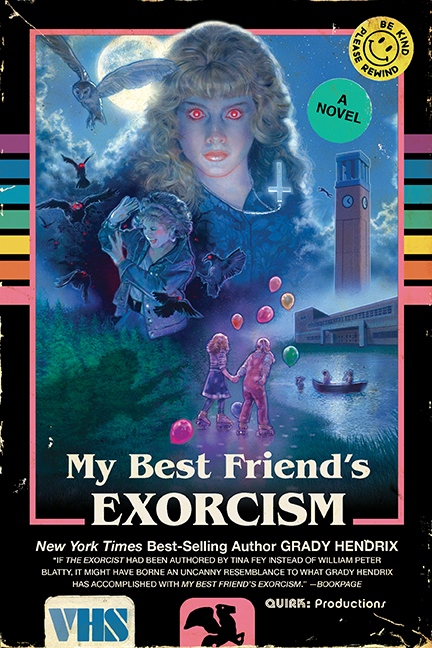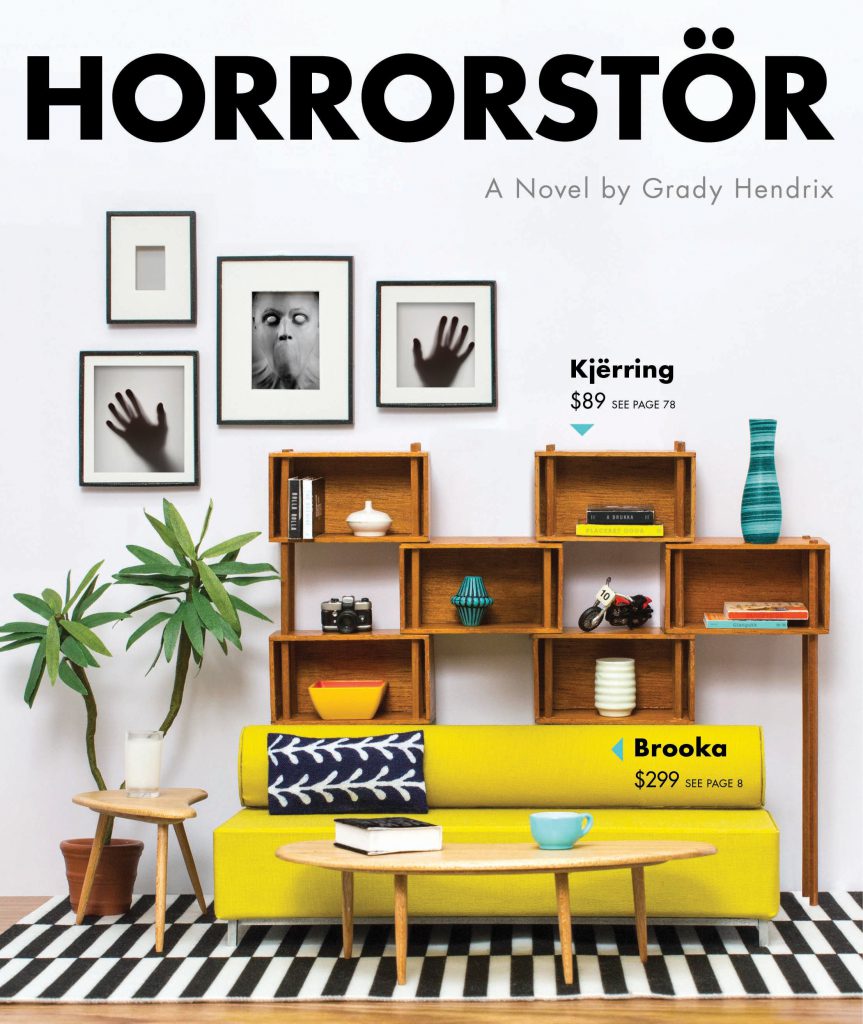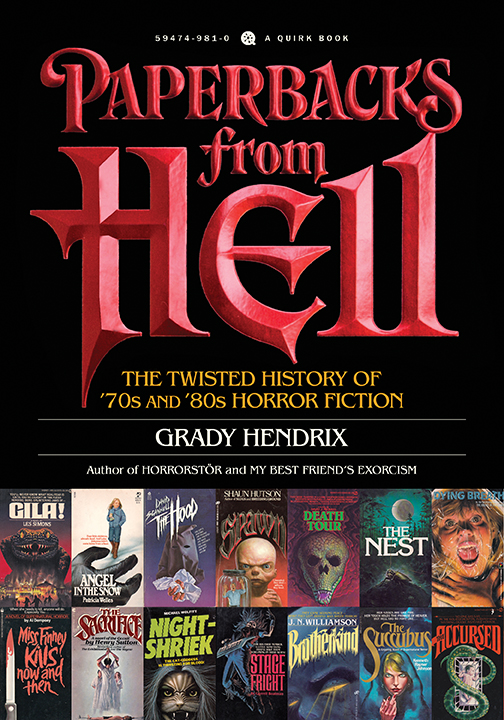Our Blog
National Ice Cream Month: Spiked Ice Cream Cake
A classic kids birthday favorite turned indulgent adult treat, this Spiked Ice Cream Cake will be the star of your next get-together.
Every part of this cake, from the ice cream filling to the cake itself to the frosting, is infused with booze (in this case, bourbon). Plus, changing up the flavor of the cake, ice cream, or both allows you to create new and exciting cakes all summer long!
Spiked Ice Cream Cake
From Booze Cakes by Krystina Castella and Terry Lee Stone
Here’s an adult version of everyone’s favorite birthday cake. This recipe makes a chocolatey bourbon-laced cake that’s filled with bourbon-spiked ice cream and topped with still more bourbon-infused frosting. You can experiment with any imaginable combination of cake, alcohol, ice cream, and frosting.
Spiked Ice Cream
– 4 cups (2 pints) cherry vanilla ice cream, partially melted
– ¼ to ½ cup bourbon
– A few drops food coloring, if desired
Bourbon Devil’s Food Cake
– ½ cup (1 stick) unsalted butter
– 1 ¾ cups sugar
– 2 eggs
– ½ cup + 1 tablespoon unsweetened cocoa powder
– 1 ½ cups cake flour
– ¼ teaspoon baking powder
– 1 teaspoon baking soda
– ½ teaspoon salt
– ½ cup milk
– ¼ cup espresso or strong coffee
– ¼ cup bourbon
Creamy Vanilla Bourbon Frosting
– 1 ½ cups heavy cream
– 2 tablespoons sugar
– ½ teaspoon vanilla extract
– 2 tablespoons bourbon
PREPARE:
– Preheat oven to 350°F. Grease a 9- or 10-inch tube pan.
– For the spiked ice cream: Stir together ice cream, bourbon, and food coloring; freeze overnight.
MAKE:
– Thaw spiked ice cream for 20 minutes or microwave on low in 60-second intervals until soft.
– For the cake: In a mixing bowl, cream butter and sugar 3 to 5 minutes, or until light and fluffy. Beat in eggs.
– Combine cocoa, flour, baking powder, baking soda, and salt; set aside. Combine milk, espresso, and bourbon. Beat the flour and bourbon mixtures into the butter mixture in three alternating additions. Pour the batter into the cake pan. Bake for 35 minutes, or until a knife inserted in the center comes out clean. Let cool completely.
– For the frosting: In a mixing bowl, beat cream and sugar until light and fluffy. Stir in vanilla and bourbon.
FINISH:
– Slice off the top fourth of the cake horizontally and set aside. Place the remaining cake on a freezer-safe plate. With a thin serrated knife, gently score around the inner edge, about ¾ inch from the edge and no deeper than 1 inch from the bottom of the cake. Repeat with outer edge. With a serrated spoon, carefully scoop out the cake between the scores to create a tunnel. Freeze 1 hour. (Go for it! Eat the scooped-out cake while you’re waiting.)
– Remove the cake from the freezer. Fill the center tunnel with softened bourbon-spiked ice cream. Put the top layer back on, wrap tightly in plastic wrap, and freeze at least 4 hours. Frost, and then freeze 30 minutes before serving.
Flavor variations are endless! Try these combinations or mix and match to suit your taste:
Bourbon Chocolate Caramel-Vanilla Ice Cream Cake — For the ice cream: Replace cherry vanilla with caramel vanilla swirl.
Rum Mocha Ice Cream Cake – For the cake and ice cream: Prepare a chocolate cake in a tube pan. Add ½ cup rum to the batter before baking. Fill with coffee ice cream that has been spiked with rum. For the frosting: Substitute rum for the bourbon and chocolate extract for the vanilla.
Vodka Mint Chocolate Ice Cream Cake – For the cake: Prepare a chocolate cake in a tube pan. Add ½ cup vodka to the batter before baking. Fill with mint chocolate chip ice cream that has been spiked with vodka. For the frosting: Substitute rum for the bourbon and mint extract for the vanilla.
—
Homemade Quirk: Follow the community on Twitter, like it on Facebook!
Posted by Caroline Mills
Six Months to Walk it Off
So. The world is going to end in six months due to an asteroid hurling itself towards us. What to do, what to do.
Posted by David Goodman
Celebrate Bastille Day with These Badass French Writers
Bastille Day is one badass French holiday.
It all began in the summer of 1789 when a mob of Parisians stormed the Bastille fortress to collect a large supply of ammunition and put a fork in royal rule.
Widely thought of as the key in the French Revolution ignition, this time period spawned radical social change and brought about many influential writers and activists. As an ode to this holiday, we’ve gathered some pretty badass French writers who have not only made their way into classic literature with their worthy accomplishments, but they’ve also made us say Mon Dieu!

François-Marie Arouet de Voltaire (AKA Voltaire): One day, Voltaire got locked up in the Bastille Prison for insulting a French nobleman. He was put away without a trial, no bail, and no form of defense. Fearing a lifelong sentence, he proposed that he be exiled to England instead, which authorities accepted.
Instead of cursing out the government, he made it his goal to improve the French judicial system via his well crafted, observant, and persuasive writings. Go Voltaire! And… he wrote a science fiction piece about aliens visiting Earth only to witness humankind’s foibles. Yes!

Émilie du Châtelet: The romantic puzzlepiece to Volatire, Émilie is famously known for her translation and commentary on Isaac Newton‘s work Principia Mathematica. To this day, it is still the standard version used among scholars. Émilie was an astute writer who used her mathematical brilliance and academic writing to unravel the mysteries of life. In fact, some say she was writing about energy and velocity 150 years before Mr. Einstein even had a tongue to stick out. Science faux pas.
Posted by Elizabeth Knauss
Worst-Case Wednesday: Creating Your Bastille Day Barricade
Bastille Day in Philadelphia via VisitPhilly
With Bastille Day coming up this Saturday, July 14th, I looked to the Worst Case Scenario Almanac: History for some advice on how to celebrate this revolutionary holiday.
While you probably won’t get in a fight with bayonets, barricades are just the thing to keep your block party going all day long.
Here are some strategies to make sure it’s effective:
Posted by Jessica Lopez
Knit Lit: My Favorite Knitters in Literature
Photo by Mararie
Knitting is perhaps the quintessential unhip pastime, so it serves authors well as a convenient shorthand for earnest domesticity and obliviousness to fashion. Identifying a character as a knitter evokes a web of associations and expectations — which, of course, the clever author will sometimes turn on their head.
Here’s a skein of knitters from literature, sorted by type.
Posted by Judy Weightman
Picnic Twist: Spicy Waffle Chips
Waffles and picnics are two words rarely seen together in a sentence, but thanks to Dorie Greenspan’s inspired recipe, the two might be seen in public more often this summer. Forget what you think you know about this breakfast food staple: after pressing the waffles into shape, add them to a 200F oven for a good hour and a half to get them crisped to nacho-like perfection.
Follow this link to Greenspan’s Cilantro Waffle Chips recipe. The zesty flavors and crunchy texture here are reminiscent of Southwest dishes and are ideal snacks for any outdoor outing this summer. Pair them–as Dorie recommends–with guacamole, sour cream, grilled shrimp and cold beer for a true summer fiesta. The best part? These ideal picnic bites last for three days in a covered tin.
—
Homemade Quirk: Follow the community on Twitter, like it on Facebook!
Posted by Jessie Pascoe


